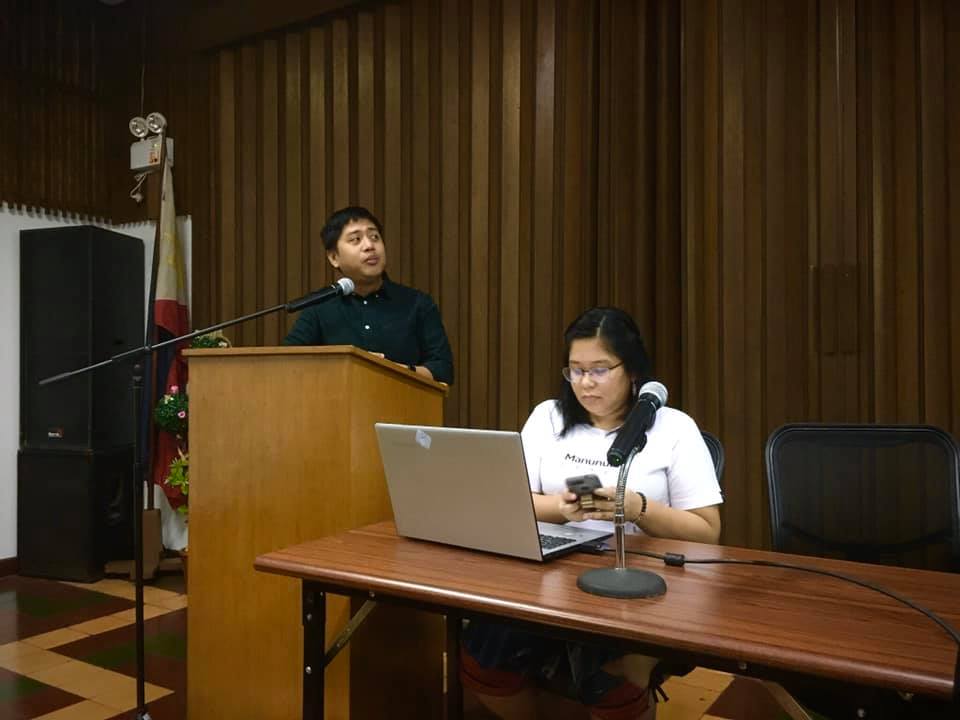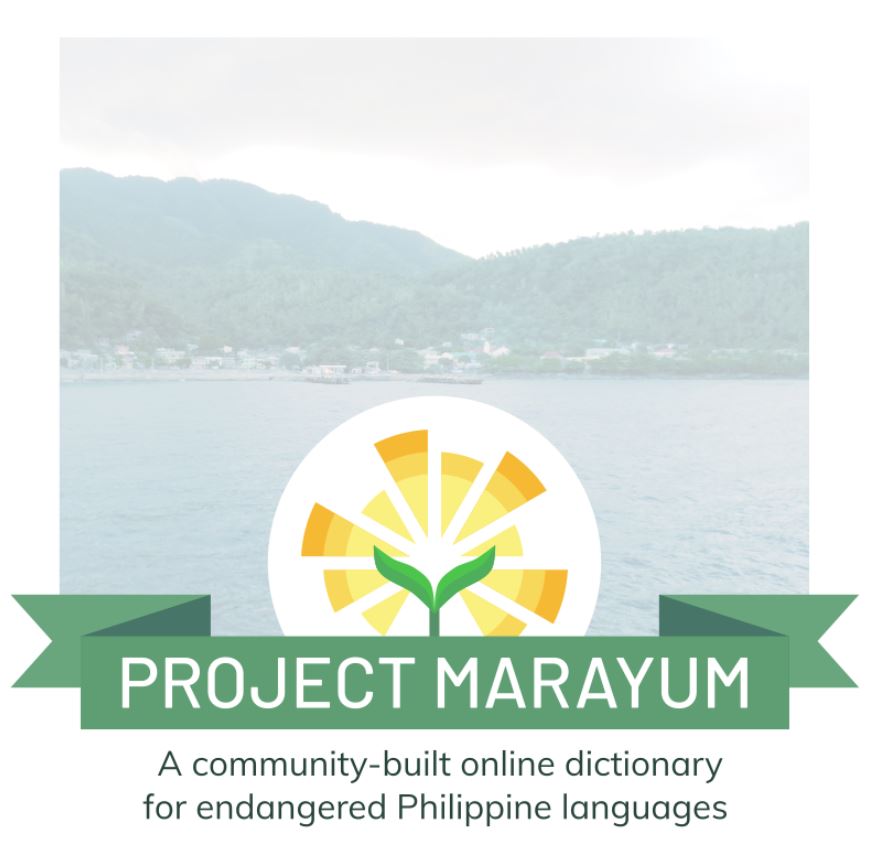
A team of University of the Philippines (UP) computer science experts and linguists developed an online dictionary that seeks to involve the Filipino community in saving endangered Philippine languages.
Project “Marayum”, a Romblon Asi community term for “wise words”, was presented by Professor Mario Carreon of the UP Department of Computer Science and by MA Linguistics student Samantha Sadural during a Linguistics Special Lecture of the UP Diliman Department of Linguistics on February 4, 2020, at the Palma Hall.
“Project Marayum: A community-built online dictionary for endangered Philippine languages” is described as a collaboratively built, mobile phone based, online dictionary platform for Philippine languages.
“Although there are many online language dictionaries available in the Internet, Project Marayum aims to give a sense of ownership to the language community’s dictionary as it is built and maintained by the community for the community,” says the Project Marayum team.
The project addresses the need to document languages in the Philippines as it says, “of 185 languages in the Philippines, 28 are endangered, 11 are dying off, and four are extinct. Language documentation, as a prerequisite to language education, can be one of the ways languages can be preserved.”

Project Marayum is funded by the Department of Science and Technology and will be made available on a webpage and on mobile app by October 2020. The initial languages available on the platform will be Asi, Ilocano, and Cebuano. The dictionary entries were filled out by community experts who use the language, aided by language experts, and checked by a team of editors.
The Project Marayum team says the project will later on add Romblomanon and Onhan, also of Romblon, and Hiligaynon from Panay Island.
For inquiries on Project Marayum contact: kumusta.marayum@gmail.com
Worldwide efforts to preserve Philippine languages include that of Google Philippines’ initiative to add the Cebuano and other local languages translated in over 100 languages on Google Translate’s Word Lens using a smartphone camera, a Filipino language course in Philippine Studies offered in Humboldt University of Berlin, and Filipino language and culture studies offered in Alberta, Canada schools.
An American survey has also revealed that Filipinos have continued to speak and teach others to speak Tagalog and Ilocano making these two Philippine languages among the top languages spoken in the United States.
SEND CHEERS in the comments below to the Project Marayum team and everyone involved in preserving Philippine languages!
Want to know how to be a Proud Pinoy? Like, Follow, Subscribe to GoodNewsPilipinas.com and our socials Facebook, Twitter, Instagram, Good News Pilipinas! TV on YouTube, for new story notifications and e-mail newsletters for updates on more Filipino Pride stories.










